SUMMARY
This is AI generated summarization, which may have errors. For context, always refer to the full article.
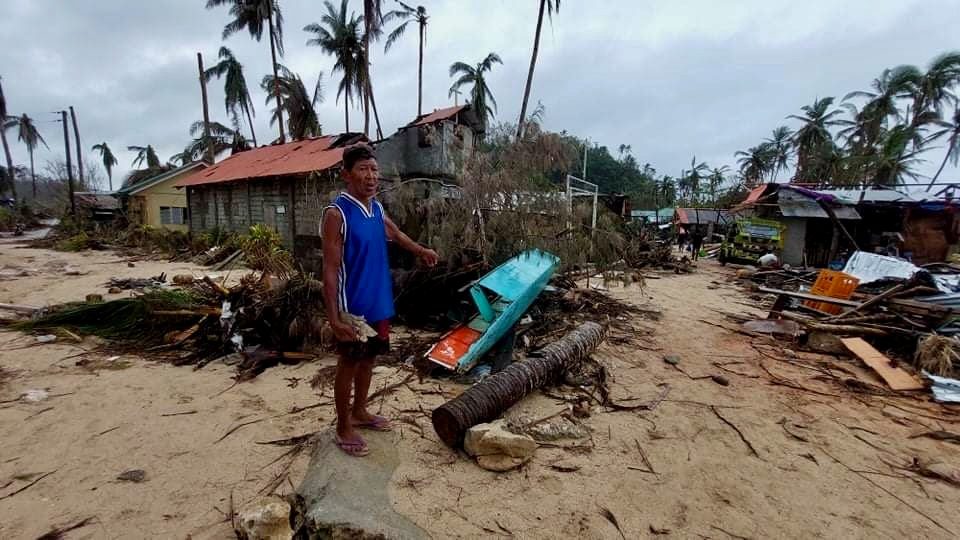
BUKIDNON, Philippines – Hours after Typhoon Odette caromed off Bucas Grande in the province of Surigao del Norte, striking hard into Siargao and Dinagat Islands in the afternoon of December 16, 2021, Edelito Sangco surveyed the rubble and knew that infrastructure and agriculture would take years to recover from the devastation.
Signal Number 4 winds had destroyed communications systems and it took Sangco three days to inform colleagues in the cooperatives circuit about the damage on his island, he told Rappler on December 29.
Bucas Grande is contiguous to the municipality of Socorro, one of the nine satellite towns comprising the Siargao Island group in Surigao del Norte.
When Sangco finally surfaced on social media, Sylvia Okinlay-Paraguya heaved a sigh of relief in Impasug-ong, a highland town in Bukidnon province, 500 kilometers away from Bucas Grande, the home base of the Socorro Empowered People’s Cooperative (Soemco).
The two started virtual meetings with other leaders of cooperatives in Mindanao to strategize on relief and rehabilitation efforts.
Okinlay-Paraguya, chief executive officer of the National Association of Training Centers for Cooperatives (Natcco), also known as Confederation of Cooperatives, had foreseen post-disaster needs.
Sangco, 57, an agri-preneur of organic vegetables and livestock who has served as director of Natcco, was assigned as the focal person for relief and recovery operations.
Fund drive
Soemco’s board of directors launched an online fund drive for the survivors of the natural disaster, including those in the other eight Siargao towns.
Okinlay-Paraguya had already started Natcco’s own fund drive a day after the typhoon using its Kaya 2.0 remittance and payment platform.
In 10 days, Soemco’s fund drive netted around P400,000. Nattco’s fundraising for affected members in Mindanao and the Visayas, on the other hand, had raised more than P800,000 by January 3.
While fund-raising, the network gathered data from other coops in Mindanao and the Visayas.
“The need is definitely bigger than that (fund),” Okinlay-Paraguya told Rappler on January 3. She said international partners, like the World Council of Credit Unions (WOCCU) and Profix, “will surely pitch in after we have provided them with info.”
Gathering information from coops in Central Visayas has been a challenge.
“We have focal persons in all the affected regions but without power, phone and Internet, most coops are rendered silent, unable to send word,” Okinlay-Paraguya said on January 4.
She wants to distribute resiliency support funds to affected coop officers and staff so that they, in turn, can return to serving their clients.
Disaster risks
Natcco’s training centers highlight disaster risk reduction and management to “develop resiliency and sustainability” and future-proof the business of cooperatives.
It launched its disaster risk reduction and management program in 2011 after Typhoon Sendong hit Northern Mindanao and strengthened this in 2013 after Typhoon Yolanda (Haiyan) struck. In 2018, it began setting aside a yearly disaster resiliency fund.
The Global Disaster Risk Index (GDRI) 2018 ranked the country 5th among the 10 riskiest countries from 2010-2016, Okinlay-Paraguya pointed out. By 2021, GDRI ranked the Philippines second.
Sangco learned that Odette destroyed the waterworks of Dapa, a town on Siargao Island right across the channel from Bucas Grande. Hundreds of evacuees in temporary shelters there lacked clean and safe water for drinking water and sanitation needs, making them vulnerable to diseases.
Sangco sent around a hundred 20-liter plastic gallons of water and 300 smaller one-liter bottles to Dapa evacuation centers on small boats by Christmas.
Sangco met up with other Natcco members in Surigao City on December 21. On his return, Siargao had turned into a beehive of public and private relief operations.
As other groups were providing food and other needs to evacuees, Sangco earmarked Soemco’s funds to buy sturdy tarpaulin for temporary shelters.
Future-proofing
Okinlay-Paraguya said Sangco’s experience in digital networking helped draw in support for the battered cooperatives.
Natcco’s move to go digital began in the early 2000s but the COVID-19 pandemic spurred implementation.
“Digital literacy made coop members adapt to the new normal of remote and virtual communication, including information technology, e-learning and e-commerce,” she said.
In May 2020, Natcco joined non-governmental organization Philippine Business for Social Progress to establish a food supply chain with farmers’ cooperatives in Luzon for food parcels distributed among urban poor communities during the lockdown in Metro Manila.
Through the Bayanihan Musikahan Coalition, marginalized urban communities received more than 5,600 food parcels containing vegetables produced by coops.

Sangco said Odette shattered glass walls at the Soemco building, wrecked the houses of five staff, and damaged their communal feed mill and the coconut processing equipment.
“Five of our employees lost their homes and they could not be around to support their families since they were on duty,” he added.
Nattco sent P288,000 as immediate grants for these employees to rebuild their homes, Sangco said.
Although the Soemco building was partially damaged, its soft infrastructure, particularly its financial management systems, remained safe in data clouds, Sangco said.
Primary coops like Soemco make up 54% of more than 18,000 registered cooperatives. The Cooperatives Development Authority (CDA) has pointed out that primary coops are more resistant to digitalization compared to bigger billionaire coops.
In an earlier interview a month prior to Odette’s onslaught, Okinlay-Paraguya stressed that digitalization had softened the impact of the pandemic and other calamities on Natcco.
“Digitalization enabled us (Natcco) to store documents, databases, and spreadsheets in a remote site so that these are safeguarded against disasters such as fires, earthquakes, and typhoons,” she pointed out.
Subscription to multiple telco services enabled her to work from a farmhouse here in rural Bukidnon, managing remotely a staff of more than a hundred during the pandemic, instead of holding office at the Nattco headquarters in Quezon City.
Okinlay-Paraguya noted that digitech-mediated, rather than face-to-face, communication has also been cost-effective.
“Holding a general assembly or even a national training, or any large gathering for that matter, used to cost the institution millions of pesos,” she said. “But now a recent huge online meeting of more than 200 persons only cost us around P100,000.” – Rappler.com
Add a comment
How does this make you feel?


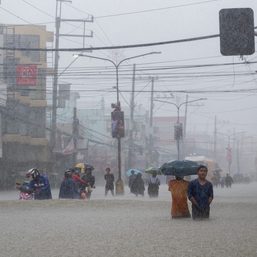

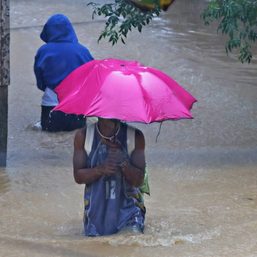
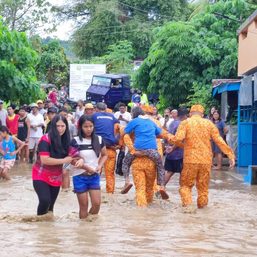
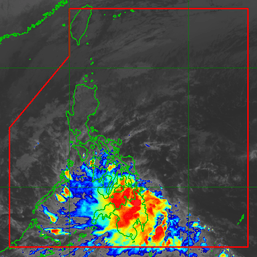
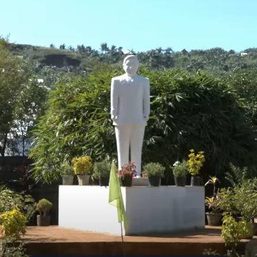



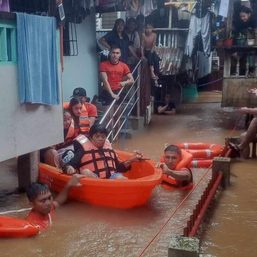
There are no comments yet. Add your comment to start the conversation.